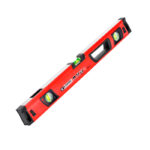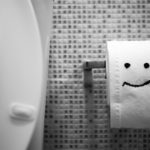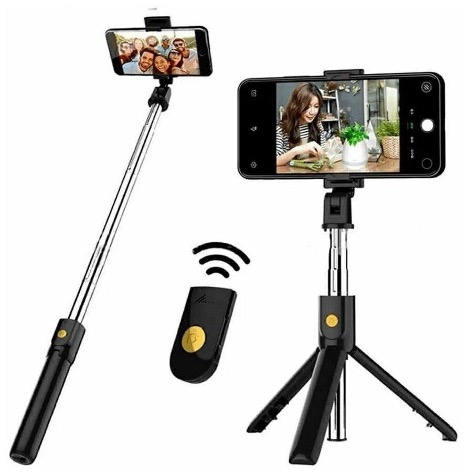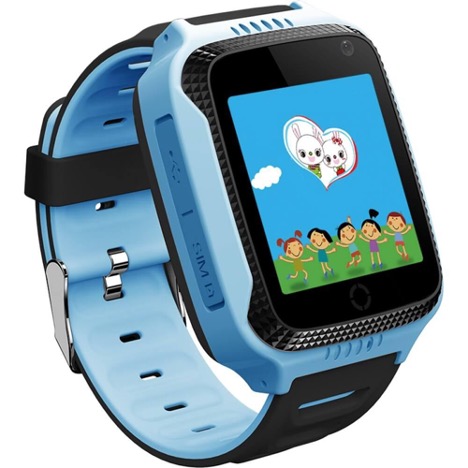How to use a heart rate monitor, why you need it and how to choose
There are some tips on how to use a heart rate monitor. To properly configure the device, you need to understand how it works and what types it is. In addition, you should calculate the maximum frequency of your heart rate and enter the settings into the gadget. How to do this is described in the presented material.
The content of the article
How a heart rate monitor works: main functions
A heart rate monitor is a convenient portable device that determines a person’s heart rate in any state - rest, movement, moderate and intense exercise. When describing the device, we can mention the bpm indicator in the heart rate monitor, that this is the value of the heart rate, i.e. the pulse itself. It is measured in the number of heart contractions per unit of time. The average rate is from 60 to 90 per minute.
The way a heart rate monitor works is due to the phenomenon of optical plethysmography. The device is equipped with LEDs that create a green glow. The rays are absorbed by the human body, with the main part coming from the blood and a smaller part from the skin. Depending on how much blood is absorbed, the volume of blood flow is determined. After this, the heart rate is automatically calculated.

While learning how to choose a heart rate monitor, it is useful to become familiar with another class of instruments that measure heart rate mechanically.Such devices are attached to the arm or other part of the body using elastic fasteners. The principle of operation in this case is related to the assessment of pressure, on the basis of which the pulse rate is calculated. Instruments of this group are more accurate and expensive, and therefore are not so widely distributed.
Both the optical and mechanical heart rate monitors perform several functions at once:
- heart rate detection;
- setting the optimal heart rate zone (depending on the load, goals, individual characteristics of the body);
- automatic notification of heart rate zone changes;
- determination of average and maximum heart rate values;
- counting calories.
As the name suggests, the main function of the device is related to determining the heart rate - that's why a heart rate monitor is needed. Although some models have additional options. This includes GPS for geopositioning, various fitness tests, counting the number of steps, determining the optimal heart rate for different types of loads, etc.
Types of devices
It is clear why a heart rate monitor is needed and what types it comes in. Depending on the principle of operation, there are 2 types of devices:
- Optical - more common and affordable, but less accurate.
- Mechanical ones are less common, more accurate, and therefore more expensive.
From a practical point of view, it is useful to know this classification. Depending on the mounting location, there are the following types of models:
- Chest straps - they are fixed under the chest, i.e. close to the heart. They take measurements and transmit data to a smartphone or smart watch via Bluetooth. This group includes digital and analog devices. The first ones are more accurate, but the second ones can really be synchronized with the simulator.
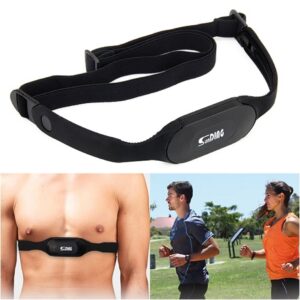
- Knowing what the device for measuring pulse is called, you can also consider wrist-type models. They are attached directly to the chest and look like a fitness bracelet or smart watch. This heart rate monitor also collects data, but transmits it to a special smartphone application.

There are 2 types of wrist devices:
- Sensory – they are equipped with a display that you can touch with your finger to determine your heart rate and other indicators. This is not very convenient for constant monitoring, for example, for climbers, athletes and people suffering from cardiovascular diseases.
- Optic – makes measurements of blood flow volume. Allows you to constantly monitor your heart rate, which is convenient for almost everyone.
How to choose a heart rate monitor
Now you need to understand which heart rate monitor to choose. The answer to this question depends on the purpose of the device, as well as on its technical and consumer characteristics:
- The material must be durable, pleasant to the touch and not cause allergic reactions. Also, the strap and fasteners must be moisture resistant. For example, metal products can quickly oxidize even due to sweat. Therefore, it is better to choose straps made of polymer materials - nylon, silicone or natural textiles.
- The mechanism itself must be protected from water, especially if you plan to conduct classes in a pool or outside in rainy weather. The plastic casing must have a high degree of water resistance of at least IP68.
- Functionality - as already mentioned, modern models allow you not only to determine the pulse, but also to calculate the optimal load zone, determine the number of calories burned, etc. A photo of this type of heart rate monitor can be seen below.
- Long battery life (without recharging). This parameter is of particular importance in cases where you plan to train outside in different weather (the battery drains faster in the cold), as well as over a long period.
- Additional features - screen backlight, touch display, data transmission via Bluetooth.
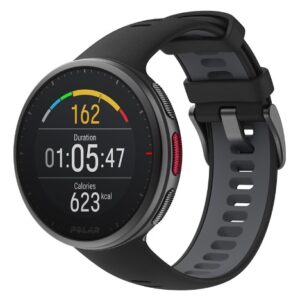
How to use the heart rate monitor
The operating instructions depend on the type of device and its attachment to the body. But there are also general rules, which boil down to the following:
- If the model is wrist-based, the fasteners are fastened so that the optical sensor is on the inside and adjacent to the surface of the hand.
- When using a chest device, the sensor must first be connected to the belt (1) and the clamp (3) - otherwise the readings will not be transmitted. Wet the electrodes (2) and attach them to the chest so that the logo is on top.
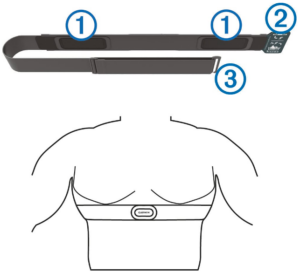
- Turn on the device, enter the limit value of your heart rate into the settings. It can be determined by the simple formula 220-A, where A is the person’s age.
- Set the load zone - therapeutic, light, aerobic, anaerobic and maximum. As a rule, the gadget does this automatically.
- They set up the application on their smartphone, integrate the devices via Bluetooth and begin a test session to evaluate the correct operation.
From this review it is clear what the heart rate measuring device is called and how to use it correctly. This is not a very expensive and really convenient device that will be useful for patients with cardiovascular diseases, athletes and simply lovers of an active lifestyle. Setting the settings is quite simple, after which you can start running or other exercises.


